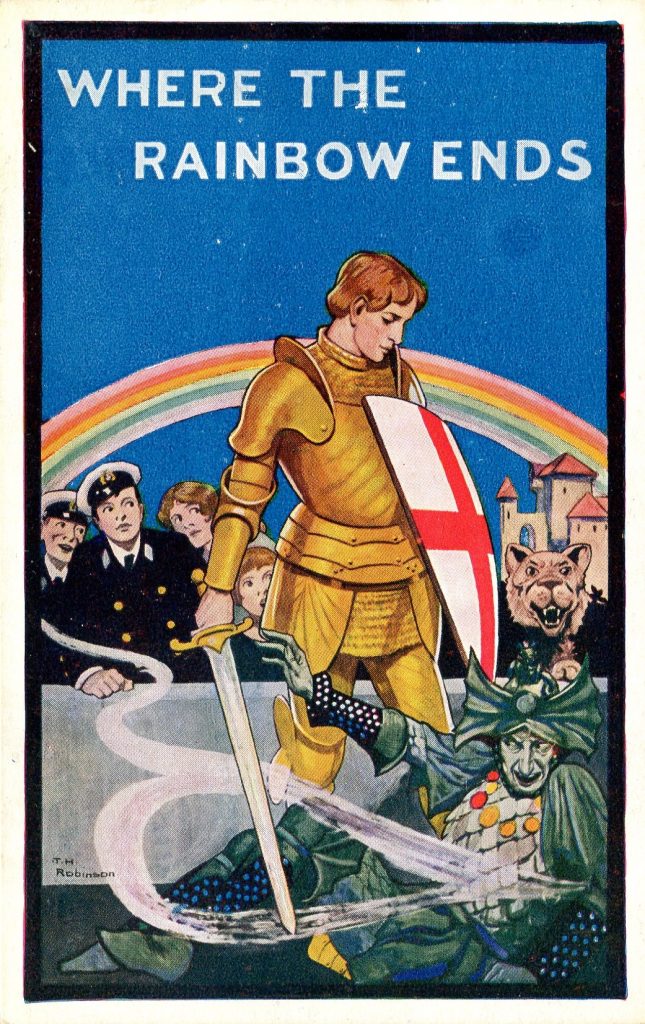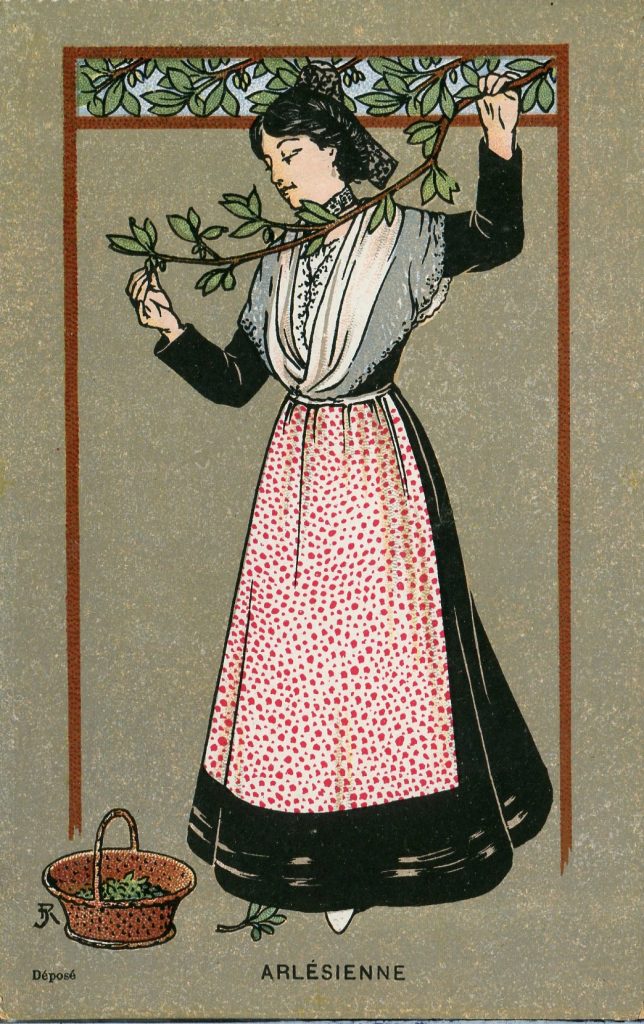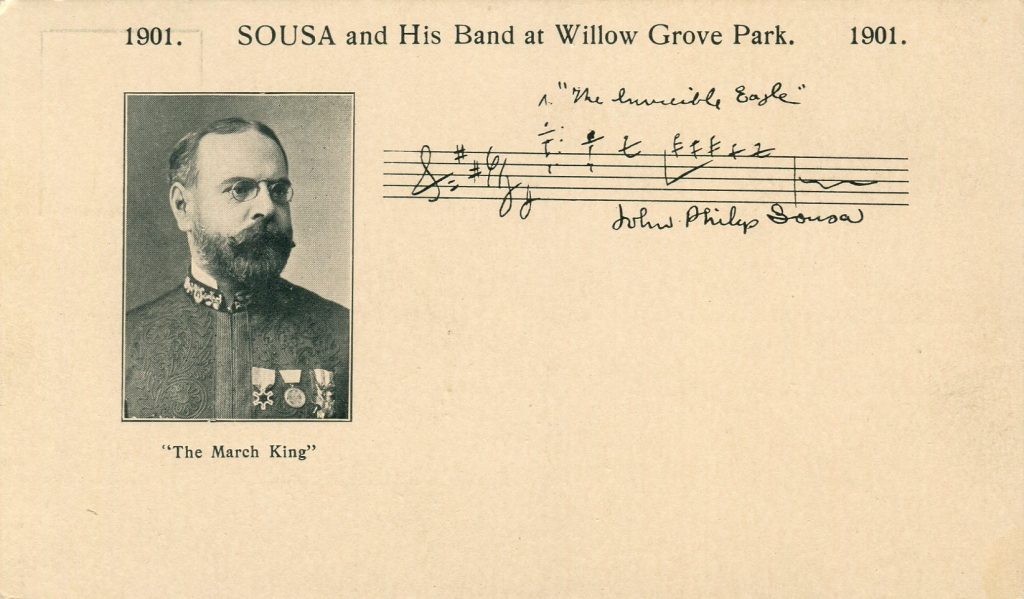Bill Ward
and his World of Words and Notes
a play, a story, and a song
as told to
Eleanor “Ellie” McCrackin
I don’t ask questions when I do an interview; I instruct my subject to tell me what there is about them that makes a good story. It usually works. My first instruction is, “Tell me about you.” This is William “Bill” H. Ward’s story.
To avoid confusion allow me to advise, Mr. Ward’s words are in quotes (“”). The postcard history is in brackets ([]).
* * *
“My mother was a high school English teacher. My father was a literary agent for a San Francisco publisher whose company went bankrupt in the late sixties when the world stopped reading and started watching television.
“At dinner each evening mother would talk about her day. Her stories were usually funny because she related a lot of things that happened in her classroom. She especially liked to repeat dumb questions her students would ask.
“My sister, Edie, short for Edith, the eldest of my siblings would then tell about her day. I don’t remember any of her stories, but I remember she was always the reluctant participant. I think she felt she would say something wrong and be punished.
“Kate was the opposite of Edie. She would tell every detail of everything. She would even remind us of who her friend’s parents were and what they did for a living. Then she would repeat what she said and then remind us why we needed to be reminded.
“Then it was my turn. I would always tell a very short story of my day. Something like, I got a 100% on my spelling test today. I kept my stories short because I was anxious to hear what my father had to say.
“Dad was a literary agent. That is a fancy title for a guy who sits behind a desk and reads for most of his day, stories that go from two or three pages to full novels. Stories and tales that people are sure they will get rich on by sending them (most unsolicited) to publishers. Part of my dad’s job was to write nice letters to a lot of people telling them that the publisher liked their story, but it is rejected for – fill in the blank.
“When I started collecting postcards it was because they were giving them away, free, at a theater that Father and Mother would take us to for our birthdays. We got to see a play three times a year. It never mattered what the play was. For Kate’s birthday one time we got to see Noel Coward in one of his own plays. On my birthday, I think it was 1952, we saw a play called Where the Rainbow Ends.”
A Play

[Where the Rainbow Ends by Clifford Mills is a children’s play set in Rainbow Land. It is a fantasy tale that tells of a journey that four children take in search of their parents. The two boys and two girls who have a pet lion travel on a magic carpet and face several different perils. Eventually they are successful, but only because the entire escapade has been guarded by none other than Saint George (England’s patron saint) personified.
Rainbow Land is a place where mythical critters live, the animals talk, and there is an ever-present evil creature name the White Witch.
Clifford Mills’ partner in composition was Roger Quilter. A suite of his theme music for “Where the Rainbow Ends” was performed often at the Proms at Albert Hall in London. The music became known around the world through the British broadcasters, who seemed to love the jaunty pace of the piece. It has no lyrics, but there are several renditions in which the tune is whistled. (An exceptionally well done version is available on Youtube.com whistled by Roger Whittaker.)

Address side of the card above,
Where the Rainbow Ends, Holborn Empire theatre.
A special bit of information was discovered in research for this article. On December 23, 1937, the 11-year-old Princess Elizabeth (now the Queen of England) was taken by her mother, (Queen Mary) to see a performance of “Where the Rainbow Ends” at Holborn Empire theatre in London. The Royal theater trip was recorded by the Gaumont British newsreel dated the following morning. The Queen and Princess rose with the audience and actors and joined in singing the National Anthem with a new specially written Rainbow verse that had been prepared for them by Roger Quilter.]
A Short Story

“I remember a night in 1963 when my mother was sick and was unable to accompany my father to their once-a-month San Francisco Orchestra concert.
“It was usual for my father to ask Edie to go to the concert if mother was otherwise engaged, but that night he asked me. A new conductor had been hired and this concert would feature French music. Included in the concert was a piece by Bizet that he composed for a short story entitled L’Arlésienne. The story was being adapted for a vaudeville theater piece. Dad thought I would like it.
“I did and the wonderful thing about it was that I then had a new topic of post-cards to collect.
“My postcard shows the Girl from Arles picking olives.”
[L’Arlsienne was written by Alphonse Daudet and it was published for the first time in an anthology called Letters From My Windmill in 1869.
The book was taken by Leon Carvalho and transcribed into a three-act play that was collectively rejected by the critics and audiences alike. Nevertheless, Bizet’s music was well received and frequently performed in two suites.
The concert Mr. Ward speaks of was conducted by Josef Krips. Although Krips was an Austrian, his interpretations of French composers were often considered his tour de force.]
A Song

John Philip Sousa
The Invincible Eagle
“I have no idea why my father liked Sousa’s marches. Some mornings when a local radio station would broadcast their daily feature, March Around the Breakfast Table at 7:15, it would provoke my father’s silly-side. He would standup and pretend to be leading a band, carrying an imaginary drum major’s mace. Most days it would only amuse us kids, but at other times we would happily join in the fun until my mother would insist that we ‘sit down and finish’ your breakfast.
“My father never developed an understanding of why I collected postcards, but I am sure he would enjoy looking at my John Philip Sousa cards. This one is special because it is the only card I have found about the composing of The Invincible Eagle.”
[Sousa’s march, The Invincible Eagle was composed in 1901 aboard a train from Buffalo to New York City. In research for this article, I found an account of the composing process by Blanche Duffield, who sang with the Sousa band. Her rare description is excessively flowered, but it deserves to be repeated, word-for-word:
It was on a train between Buffalo and New York. Outside the coach the lights of towns along the route flashed by like ghosts fluttering at the windowpanes. The night was dark and the stars above twinkled fitfully. Mr. Sousa sat in his chair in the dimly lit Pullman. At the further end of the car a porter diligently brushed cushions. At intervals the engine whistled as if in pain.
Suddenly and without previous warning Mr. Sousa began to describe circles in the air with a pencil, jerking back and forth in his seat meanwhile. Gradually the circumference of his pencil’s arcs diminished, and Mr. Sousa drew a notebook from his pocket, still humming to himself.
Notebook and pencil met. Breves (A breve is the diacritic mark shaped like the bottom half of a circle.) and semi-breves appeared on the page’s virgin surface. Quarter notes and sixteenth notes followed in orderly array. Meanwhile Mr. Sousa furrowed his brow and from his pursed lips came a stirring air—rather a martial blare, as if hidden trombones, tubas, and saxophones were striving to gain utterance. Now Mr. Sousa’s pencil traveled faster and faster, and page after page of the notebook were turned back, each filled with martial bars. I looked on from over the top of a magazine and listened with enthusiasm as Mr. Sousa’s famous march, “The Invincible Eagle,” took form.
I tried to attract Mr. Sousa’s attention while he was supplying the accompaniment of flutes, oboes, bassoons and piccolos, but it was not until he had picked out the march on a violin on his fingers, put his notebook in his pocket, his imaginary violin in its case and his cigar back in his mouth that he finally turned toward me and casually remarked that it was a very dark night outside.”
The march was dedicated to the Pan-American Exposition, held in Buffalo in the summer of 1901. It outlived a march entitled “The Electric Century” by Sousa’s rival, Francesco Fanciulli, whose band also played at the Exposition. At first Sousa thought “The Invincible Eagle” would surpass “The Stars and Stripes Forever” as a patriotic march, although he nearly entitled it “Spirit of Niagara.”
The instrumentation for The Invincible Eagle calls for clarinet, cornet, flute, percussion, piano, trombone, and strings: bass, cello, viola, and violin. When Sousa performed the march in concert he frequently did so with singers. The lyrics he used were his own:
Voices in the air
I hear ’em loud and clear
Telling me to listen
Whispers in my ear
Nothing can compare
I just wanna listen
You tell me that, we’re no good there
I should walk away from you
You warned me that you’ll just break my heart
That you wanna see me cry
But do what I do when it hurts if you’re not in my life?
Cause the tears will fall and you made cause I
I hear voices in the air
I hear it loud and clear
They’re telling me to listen
Whispers in my ear
Nothing can compare
I just want to listen
Telling me
I’m invincible Telling me
I’m invincible I am.
You can sing along on YouTube.com.]
* * *
“Ellie, maybe your readers should know. I used to collect any card that showed an actor, writer, or composer. Today, not so much. Today I am very fussy. I only collect mint-condition cards. I donated all my J-U-N-Q-U-E postcards to my church bazaar. (That’s a boutique spelling for dime-a-piece cards). The church has a charity auction sale every season and my cards are always the first items sold. Since about 2015 they have sold a lot of my postcards, but I still have several hundred in albums on my living room bookshelves.”
The Pan-American Exposition features in a bit of family lore. My great-grandfather was playing in the band at the Temple of Music when President McKinley was assassinated.
Thanks nice interesting read, but just one small point. The late Queen Elizabeth, the Queen Mother was the mother of the present Queen Elizabeth II, not Queen Mary
Great article, particularly enjoyed the recalling of your fathers love for the march. My father also had a silly side and a love of marches. We owned one of the Readers Digest record albums of Popular Music with multiple records included. The set contained all the great marches. My dad would often come marching in our bedrooms during the week with records blaring, in what I’m sure was a similar fashion to wake us up. The laughter was sure to start our days off happy and laughing. One of the fondest memories in my memory bank of him. Thanks for… Read more »
Could “Where the Rainbow Ends” have been part of the inspiration for CS Lewis’s The Lion, the Witch, and the Wardrobe? The fantasy play features four children (two girls, two boys, like the Lewis book) and most of the story is set in ‘Rainbow Land’ “complete with talking animals, mythical creatures and even a white witch, with the children being accompanied by a pet lion. Lewis would have been 13 when the fantasy play first came out in 1911. The Lion, the Witch, and the Wardrobe was published in 1950.